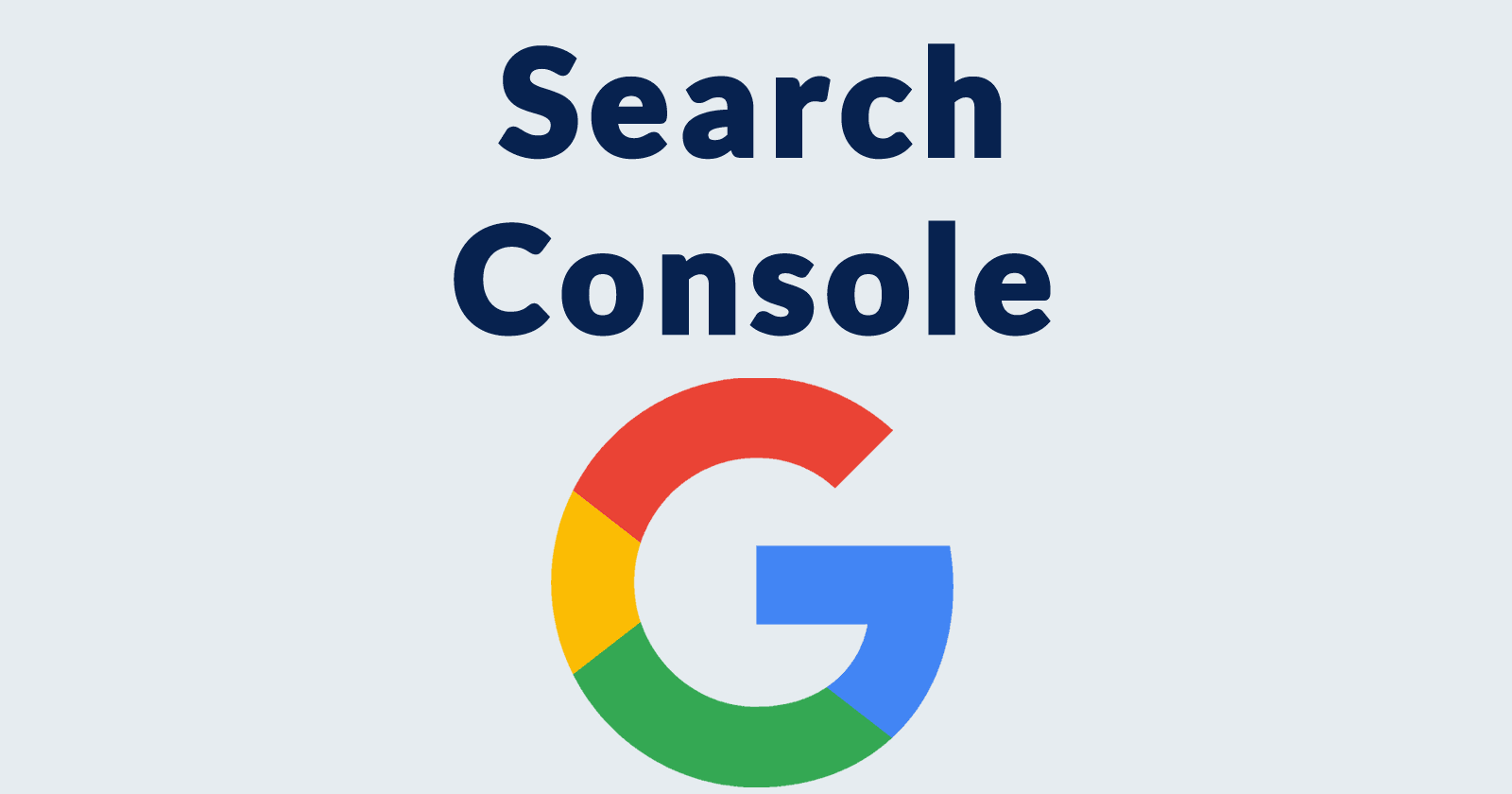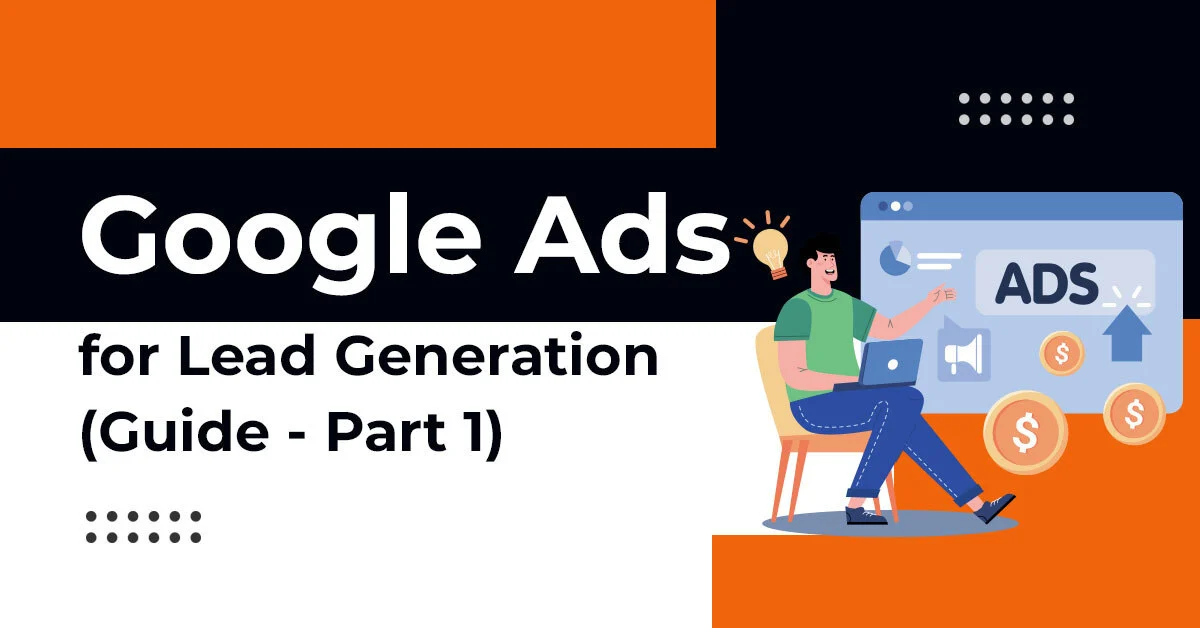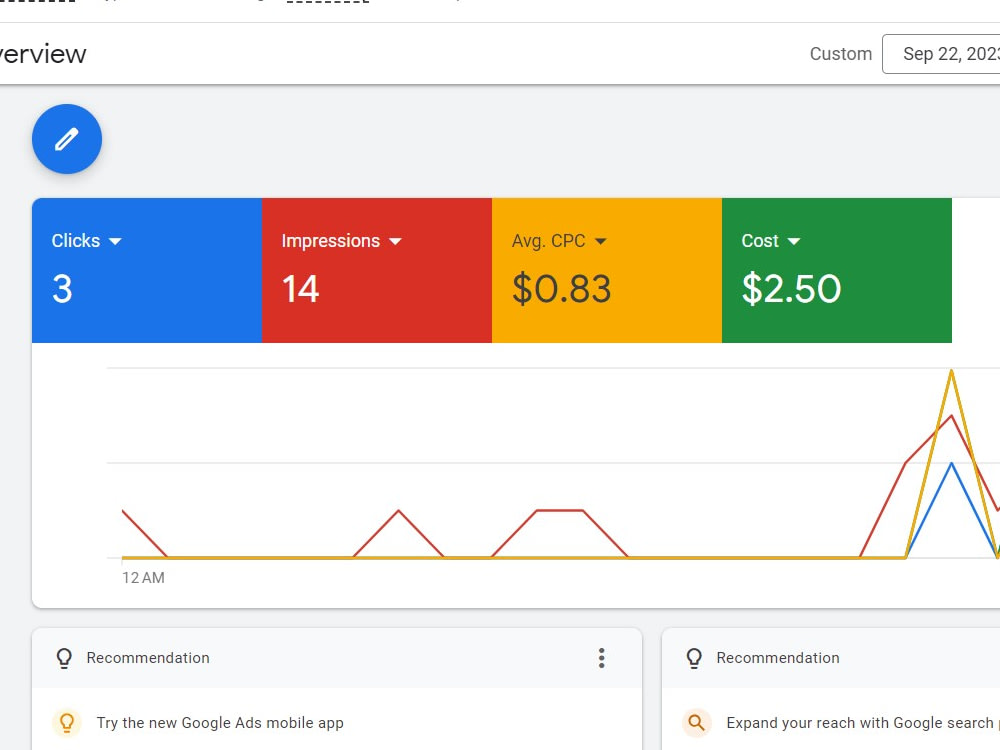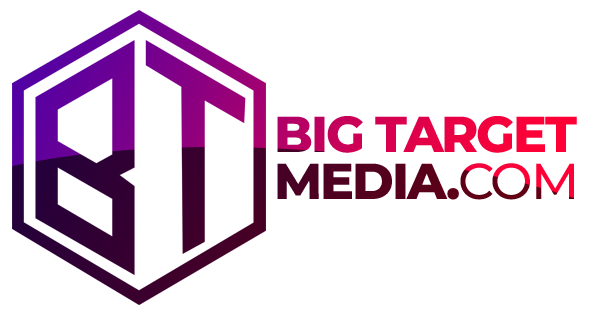Understanding the difference between SEO (Search Engine Optimization) and PPC (Pay-Per-Click Advertising) is essential for every business planning a digital marketing strategy in 2025. Both methods aim to increase website traffic and conversions, but they differ in cost, execution, and long-term results.
This article explains everything you need to know about SEO and PPC advertising — including their main advantages, use cases, best tools, and how to choose which works best for your goals.
What Is SEO and How Does It Work?
SEO stands for Search Engine Optimization — the process of improving your website to rank higher on Google’s organic search results. It involves optimizing your website’s structure, content, keywords, and backlinks to gain free (organic) traffic.
When you search for something on Google, like “best running shoes,” you’ll see two types of results: paid ads at the top (PPC) and organic results below (SEO). Businesses that invest in SEO aim to appear in that organic section consistently — without paying per click.
Google Search Console
is one of the main free tools for monitoring SEO performance. It helps you understand which keywords bring traffic, track your site’s visibility, and fix technical SEO issues.
Benefits of Using SEO
-
Long-Term ROI: Once your website ranks well, it can maintain traffic without continuous ad spend.
-
Brand Credibility: Users trust organic results more than paid ones.
-
Sustainable Growth: SEO builds a foundation for long-term authority and brand presence.
What Is PPC Advertising and How Does It Work?
PPC, or Pay-Per-Click advertising, is a model where advertisers pay each time someone clicks on their ad. It’s commonly used on Google Ads, Bing Ads, or social platforms like Meta Ads and LinkedIn Ads.
Google Ads Dashboard
allows businesses to bid on specific keywords so that their ads appear above organic results. For instance, if you bid on “roof repair service near me,” your ad could appear first when users search for that term.
Benefits of Using PPC
-
Immediate Results: Unlike SEO, PPC can start driving traffic within hours.
-
Full Control Over Budget: You can control how much to spend per click or per campaign.
-
High Targeting Precision: You can target users based on demographics, location, device, and even intent.
Main Differences Between SEO and PPC Advertising
The core difference lies in time and cost.
-
SEO is a long-term strategy — slower to show results but builds sustainable visibility.
-
PPC gives instant results — but only while you continue to pay for ads.
SEO focuses on organic ranking, while PPC buys visibility.
When you stop running ads, traffic stops too. But with SEO, your site can keep ranking even if you pause new content for a while.
Both strategies can complement each other. For example, you can use PPC to test keyword performance and then build SEO content around those successful terms.
Top 5 Recommended Tools for SEO and PPC in 2025
Let’s explore some of the most effective products that help marketers manage and optimize both strategies.
1. Google Ads (PPC Platform)
Google Ads Interface
is the most powerful PPC tool available. It allows businesses to bid on search keywords, create responsive ads, and analyze conversion data.
Use Case: Perfect for businesses that need quick exposure — like seasonal promotions or product launches.
Problem Solved: Low visibility or slow organic ranking.
2. SEMrush (SEO & PPC Analysis Tool)
SEMrush Dashboard
It is an all-in-one marketing suite offering keyword tracking, backlink analysis, and ad monitoring tools.
Benefits:
-
Find high-value keywords for both SEO and PPC campaigns.
-
Analyze competitors’ ad copies and organic strategies.
-
Measure ROI from both channels.
3. Ahrefs (SEO Performance Tool)
Ahrefs Dashboard
ahrefs.com helps you monitor your website’s backlinks, content performance, and organic keyword growth.
Benefits:
-
Discover ranking opportunities.
-
Identify broken backlinks.
-
Analyze competitor SEO performance.
4. Google Analytics 4 (Tracking & Conversion Tool)
Google Analytics 4 Interface
https://analytics.google.com integrates both SEO and PPC tracking in one dashboard.
Benefits:
-
Understand which traffic source brings more sales.
-
Track user behavior from ad click to conversion.
-
Measure campaign ROI in real time.
5. HubSpot Marketing Hub (Integrated Marketing Platform)
HubSpot Dashboard
www.hubspot.com offers automation tools to combine SEO, PPC, email marketing, and CRM in one place.
Benefits:
-
Manage leads generated from ads and organic traffic.
-
Automate nurturing campaigns.
-
Gain insights into which strategy drives better conversions.
Choosing Between SEO and PPC: Which Is Best for You?
If you want instant visibility and traffic, PPC is the right choice.
If your goal is long-term brand authority and sustainable growth, SEO is better.
Many businesses actually use both — running PPC for short-term gains while building SEO for the future. The key is to balance your marketing budget across both strategies.
Use Cases: Real-World Scenarios
-
E-commerce Stores: Use PPC during seasonal sales for fast results, while SEO builds long-term rankings for product keywords.
-
Local Businesses: Invest in Local SEO to appear in “near me” searches while using PPC for Google Maps visibility.
-
B2B Companies: Combine SEO for thought leadership and PPC for lead generation campaigns.
Frequently Asked Questions
1. Is SEO better than PPC in the long run?
Yes. SEO builds lasting traffic and authority, while PPC stops delivering results once you stop paying for ads.
2. Can I use both SEO and PPC together?
Absolutely. Combining both can increase total visibility, allowing you to dominate search results for both organic and paid placements.
3. How long does it take for SEO to show results?
Typically, 3–6 months, depending on your competition and content quality. PPC, on the other hand, shows immediate results.
